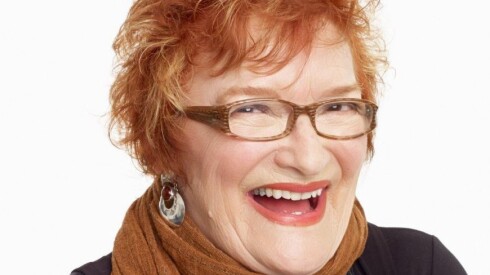Before, during and after every episode of HBO’s “Lovecraft Country,” viewers experienced a type of horror not readily recognized.
What usually passes for horror is a man in a goalie mask murdering teenagers, or a demon-possessed child or a Texan wearing a mask made from human skin. Meanwhile, the horror story for every Black person in America historically involves police brutality and being murdered for simply existing — traumas vividly and sometimes supernaturally depicted on “Lovecraft Country.”
The Chicago History Museum plans to continue the conversation Saturday via Zoom with “Lovecraft Chicago: History, Horror & Afrofutures,” a panel discussion featuring local experts discussing the hit science fiction series.
”Lovecraft” viewers reveled in the show’s themes — horror, racism, science fiction, Afrofuturism — as they live-tweeted factoids briefly mentioned on the show: the 1953 Trumbull Park Race Riots, the connection between recurring character Bobo and the tragic death of Chicago teen Emmett Till (“Bobo” was Till’s nickname), the continued existence of sundown towns, and the cap worn by a cast member of the Chicago American Giants, a Negro Leagues team who played their home games at Comiskey Park, then the home of the White Sox.
“One thing that has kept me really thinking about new ways to engage people in Chicago stories and encourage curiosity about those stories is the ‘Lovecraft Country’ show,” said Erica Griffin, the museum’s public and community engagement manager. “It is so amazingly shot and cast, and the stories are outstanding. The show is a wonderful merger of the real horrors and real community and real hope that African American people were faced with and lived through in 1950 Chicago, coupled with the otherworldly horror.”
The four-panel event will feature Chicago’s role in the HBO series, along with detailing themes surrounding Black trauma, culture, geography, and Afrofuturism — a subgenre of science fiction highlighting Black culture and history.
“After mining through the collection and the archives, there were some really outstanding pieces that spoke to this story, and instantly, I’m like: ‘OK, we’ve got a program,’ ” said Griffin, who joined the museum in February ahead of the COVID-19 pandemic. “We can merge the collection, the historians to speak to the history, and then bring in individuals to speak to this speculative art and Afrofuturism, and how the two came together on the show.”
Cultural anthropologist Dr. Stanford W. Carpenter, the event’s moderator, enjoyed the diversity of the characters portrayed on the hit series, which stayed away from the usual tropes of showcasing Black people strictly as athletes and/or entertainers while coming to grips with the racism of the show’s namesake, H.P. Lovecraft, a legendary but controversial sci-fi/horror author.
“Horror stories have always been about boundaries; they’ve always been about cultural norms, right? People violate cultural norms, and the monsters come along with the things that go bump in the night,” said Carpenter, a Bronzeville resident who enjoyed the episodes on the 1921 Tulsa Race Massacre and Black women being prominently featured in Afrofuturism. “If you look at the history of stereotypes, stereotypes tend to be built around very grotesque representations of people that are not respected.
“The show, in some ways, is the opposite of engaging in cancel culture, right? It’s the opposite of saying: ‘Oh, we’re going to cancel this person because he’s a virulent racist. Instead, we’re going to create something that would literally have him [Lovecraft] turning in his grave.’ It’s almost like ‘striking back,’ as opposed to trying to just forget that he was there.”
In recent months amid the pandemic and social unrest stemming from state violence inflicted upon Black people by law enforcement, viewers of “Lovecraft Country” and “Watchmen,” another HBO series, are discovering the horrors of police stops and other horrific instances omitted from history books.
Panelist and Afrofuturist author Ytasha L. Womack has mixed feelings on how pop culture is a catalyst in how the masses learn about Black history. She says audiences started to believe in the legitimacy of the subgenre via the Marvel film “Black Panther,” which broke several box office records.
“A lot of these sci-fi books that were rising to the surface were in addition to this demand from people in colleges who were looking to sci-fi to study futures; they wanted new stories — something that they could actually glean and build from,” said Womack. “It’s bizarre and fascinating that we look to pop culture, or hope to get an understanding of our history through pop culture. When you see something that is new and you think: ‘Oh, this would have never happened,’ and then you’re like: ‘Oh my god, it did happen.’ ”








